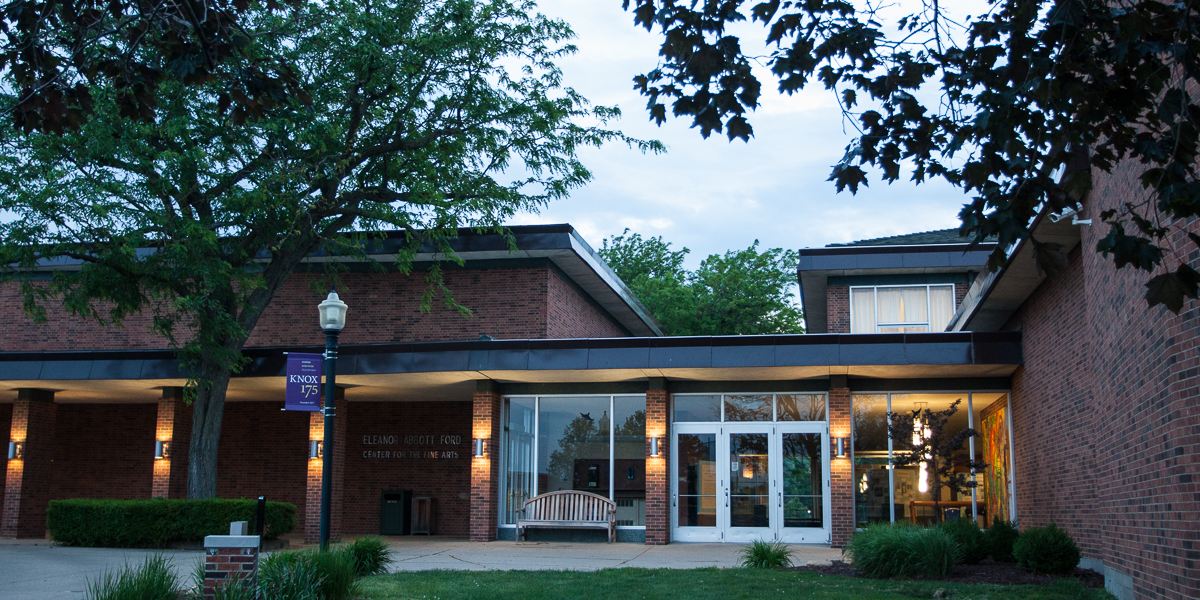

Venture Boldly

 I have a confession to make: I have a very confusing relationship with Class Notes.
I have a confession to make: I have a very confusing relationship with Class Notes.
As a Knox alumna, I love reading Class Notes, learning about all the wonderful goings on with my classmates and friends. But, as editor of Knox Magazine, I often dislike them. A lot. I've been told by other alumni magazine editors that a robust Class Notes is the sign of an engaged school, something other editors are envious of. But in this issue alone, Class Notes took up more than 40 pages and consisted of 42,923 words of text. That's 42,923 words that needed to be reviewed by at least three people (we take your name and class year very seriously). And you know what? We still always get something wrong. Is this truly something to envy?
Right now, as I'm writing this note, I'm in the middle of proofing Class Notes one last time (yes, I'm procrastinating) and worrying about what error I just missed. But I also just finished reading about the Class of 2009 and am truly amazed by all of the degrees received, jobs started, and unions made. Our alumni are doing wonderful things.
So while I'm sitting here lamenting the thousands of words still to review, I find myself filled with pride. There is no better testament to the power of a Knox education, the enduring friendships between classmates, or the sheer reach of our small college on the prairie than Class Notes. How can I not love that?
But I do ask you, magazine reader, for one favor . . . the next time you see a mistake (or two) in Class Notes, remember that we proof at least 40,000 words for each issue; please be gentle with us.
—Megan Scott '96
 Reinforcing Our Mission
Reinforcing Our Mission
As I enter my fifth year at Knox, I am grateful for the opportunity to be part of this extraordinary community. Those of us who have this privilege recognize Knox's special qualities-- its mission to provide a high-caliber education to all students, the diversity of its student body, the dedication of its faculty and staff, the contributions its alumni make to their communities. Every fall, when a variety of external rankings are publicized, I look to see whether others recognize these qualities, too.
It seems that every year there are new rankings: alongside U.S. News & World Report and The Princeton Review, there are rankings from the Sierra Club, Washington Monthly, and the Department of Education. Each can serve as a benchmark, and the College takes them seriously as indicators of ways in which we might improve and as important tools for prospective students. But some are especially dear to me because they measure how well we meet our mission.
This fall, for the first time, Knox was ranked number 14 in the nation by The New York Times for how well we serve low-income students. This ranking is especially striking because Knox has the lowest endowment per student of any of the private liberal arts colleges included in the top 25. That tells me that we have been terrific stewards of the College's resources, spending money wisely to have the maximum impact on student success.
Washington Monthly's annual rankings rate colleges according to their "contributions to the public good" and take into consideration the extent to which colleges provide upward mobility for talented low-income young people, how many of our graduates serve their nation in the armed forces or the Peace Corps, and how we contribute to the growth of knowledge through research activities. Knox is ranked number 11 in the nation among liberal arts colleges, and it is this ranking that I treasure the most. My father served his country as a veteran and as an American diplomat, so I was raised to revere public service, and it remains a core value for me.
Higher education has always served our nation as a ladder of upward mobility, and this has been at the core of Knox's mission since our founding. These rankings honor Knox's commitment to its mission, and I could not be more proud of Knox than I am today.
—Teresa L. Amott

Notes on Excellence
Excellent spring issue with cogent reporting and quite good graphics to invite you in. Photography and its display outstanding. Only fly in graphics' ointment in my view is the long line length in president's letter. Good work.
—Jim Biery '53
Remembering Lombard Grads
I was touched and sorry to read in the Knox Magazine of the passing of the last Lombard student, Roy Truedson, at the age of 104. In the accompanying note about notable Lombard graduates, including my dad (Theodore Wright) and Uncle Sewall, I missed my other uncle, Dr. Quincy Wright, professor of international law at the University of Chicago. I believe he was a Knox trustee in the 1960s and died in 1970, a couple of months after my father. My maternal grandfather, Judge Lyman McCarl of Adams County, Illinois (1859-1920), was also a Lombard graduate (about 1884, I think) who paid his way through Lombard by teaching school every other year. My dad was also vice president of Cornell University 1948-1960 and acting president in 1951.
—Theodore P. Wright, Jr., Prof. Emeritus of Political Science, SUNY at Albany
1968
A.B.L.E. (Allied Blacks for Liberty & Equality) was founded.
Open to students of all races, uniting them around common concerns regarding the Black experience